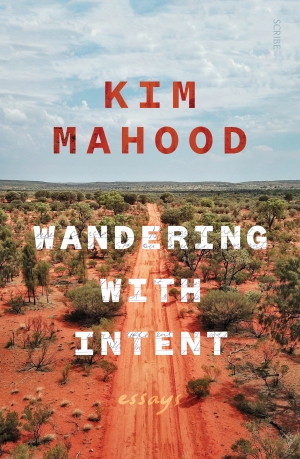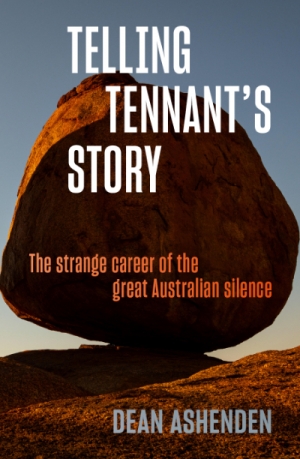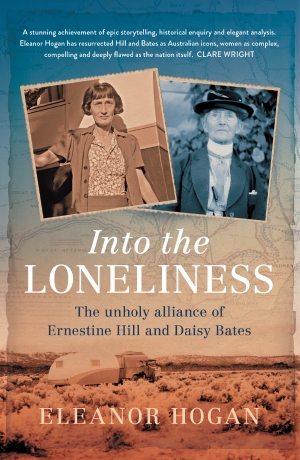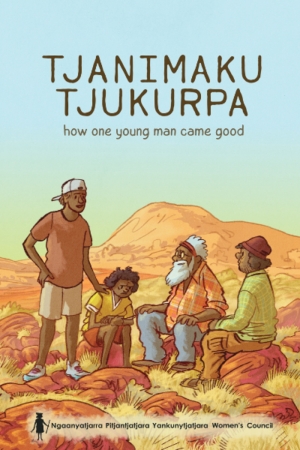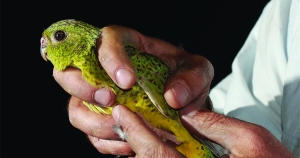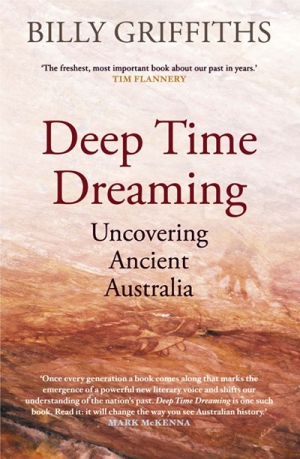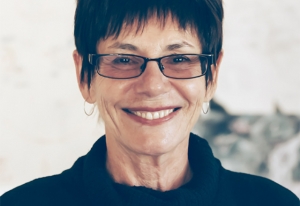Kim Mahood
Shannyn Palmer reviews 'Wandering with Intent: Essays' by Kim Mahood
Maps are central to Kim Mahood’s practice as a writer, artist, and intercultural collaborator. She began making them in the wake of her father’s death in a helicopter mustering accident thirty years ago. This tragic event compelled her to make a pilgrimage to the country where she spent her late childhood and teenage years living on Mongrel Downs cattle station in the Tanami Desert. This journey became the subject of her award-winning memoir, Craft for a Dry Lake (2001). This journey set in motion a renewed relationship with the place that has seen her return to the Tanami annually for more than twenty years. The relationships that developed during this period resulted in Mahood’s longstanding preoccupation with maps and mapmaking developing into collaborative mapping projects with Walmajarri and Jaru peoples, the contours of which she traces in her second book Position Doubtful: Mapping landscapes and memories (2016).
... (read more)Kim Mahood reviews 'Telling Tennant’s Story: The strange career of the great Australian silence' by Dean Ashenden
In Telling Tennant’s Story, Dean Ashenden gives a lucid, succinct, eminently readable account of the reasons why Australia as a nation continues to struggle with how to acknowledge and move beyond its past. Travelling north to visit Tennant Creek for the first time since leaving it as a boy in 1955, Ashenden is provoked to question the absence of shared histories on the monuments and tourist information boards along the route. Mostly, the signs record pioneer history, from which the Indigenous people are absent. When the Indigenous story is invoked, it records traditional practices and does not mention white people. ‘How did they get from then to now?’ he muses. ‘Just don’t mention the war.’
... (read more)Kim Mahood reviews 'Into the Loneliness: The unholy alliance of Ernestine Hill and Daisy Bates' by Eleanor Hogan
Into the Loneliness is the story of two Australian women, opposites in temperament, who eschewed the conventional roles expected of women of their eras, lived unconventional lives, and produced books that influenced the culture and imagination of twentieth-century Australia. The book focuses on their complicated friendship, and on Ernestine Hill’s role in assisting Daisy Bates to produce the manuscript that was published in 1938 as The Passing of the Aborigines, which became a bestseller in Australia and Britain. Hill, a successful and popular journalist, organised the anthropological material and ghost-wrote much of the book, for which Bates privately expressed her gratitude, while not acknowledging it publicly.
... (read more)Kim Mahood reviews 'Tjanimaku Tjukurpa: How one young man came good' by the Ngaanyatjarra Pitjantjatjara Yankunytjatjara Women’s Council
At first glance, the slender paperback, with its cover drawing of dark-skinned men and boys, looks like a conventional illustrated children’s book. A few pages in, it’s clear that Tjanimaku Tjukurpa is something else. The version I have is in Pitjantjatjara and English. There is also an edition in Ngaanyatjarra and English. To anyone familiar with remote Aboriginal communities, the illustrations vibrate with authenticity – the landscape, the buildings, the cars, the appearance and demeanour of the people. This is a story embedded in the reality of community life. Told through the eyes of a concerned grandfather, it is a narrative played out in various iterations across the Indigenous world.
... (read more)ABR asked a few colleagues and contributors to nominate some books that have beguiled them – might even speak to others – at this unusual time.
... (read more)If you google the words ‘Night Parrot’, they come up with a companion set of adjectives, the most common being ‘elusive’, followed by ‘mysterious’, ‘secretive’, ‘enigmatic’, ‘mythical’, and, until recently, ‘thought-to-be-extinct’. Apart from anecdotal claims, there were no confirmed sightings of the Night Parrot from 1912, when one was captured and shot, until a dead parrot was found by a roadside in 1990 and a live bird was photographed by naturalist John Young in Western Queensland in 2013. Controversy, compromised reputations, and accusations of faked evidence followed the re-emergence
... (read more)
Kim Mahood reviews 'Deep Time Dreaming: Uncovering ancient Australia' by Billy Griffiths
In Deep Time Dreaming: Uncovering ancient Australia, Billy Griffiths describes the process of imagining the past through the traces and sediments of archaeology as ‘an act of wonder – a dilation of the commonplace – that challenges us to infer meaning from the cryptic residue of former worlds’. In his endeavour to infer ...
... (read more)To complement our coverage of new books on the subject, we invited a number of writers, scholars, and environmentalists to nominate the books that have had the greatest effect on them from an environmental point of view.
... (read more)There’s no single film I could claim as favourite – among the films I’ve loved are The Royal Tenenbaums, Lost in Translation, Beetlejuice, Birdman, Blue Velvet, Picnic at Hanging Rock, Apocalypse Now, Doctor Strangelove, and All About Eve.
... (read more)Michael Winkler reviews 'Position Doubtful: Mapping landscapes and memories' by Kim Mahood
At the bottom of one of Kim Mahood's desert watercolours, she scrawled, 'In the gap between two ways of seeing, the risk is that you see nothing clearly.' A risk for ...
... (read more)
